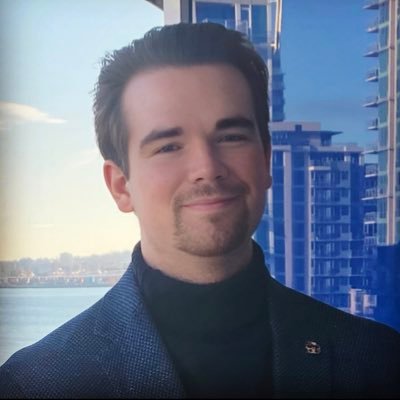As the New Development Bank (NDB) — a lending institution birthed by the BRICS coalition (Brazil, Russia, India, China, and South Africa) — seeks to augment its capital and offset the sway of Western-centric multilateral banks, it is actively broadening its membership.
NDB’s president, Dilma Rousseff, announced at the bank’s annual congregation in Shanghai that the institution is striving for a more diverse ensemble of member countries, considering geographical variety, development phases, and sizes of nations. The latest nation to consider joining the NDB, as reported by the Financial Times, is Saudi Arabia — an addition that would significantly bolster the bank’s financial prowess.
Established in 2014, the NDB was designed to balance the influence of the International Monetary Fund and the World Bank. The bank’s doors are open to any nation under the United Nations’ umbrella, with Bangladesh and the United Arab Emirates joining the ranks in 2021, Egypt in February this year, and Uruguay poised to be the next prospective member.
Rousseff, previously Brazil’s president, emphasized that the entrance of new members would amplify the NDB’s capacity to mobilize funds and diversify its portfolio through their resource contribution.
“As a past leader of a developing nation, I am acutely aware of the pivotal role multilateral banks play, and the magnitude of the challenge to secure finance or amass funds needed to address the socio-economic challenges within our countries,” she stated.
Rousseff further indicated that the bank aims to fund an increasing number of projects in local currencies, a move to bolster domestic markets and shield borrowers from the risk associated with currency fluctuations. She noted that the currencies of member nations are not fully convertible under the existing financial architecture, and economies in the global south are susceptible to the impact of sudden exchange rate shifts.
Highlighting the ongoing global transformation, Rousseff said, “This isn’t about one currency opposing another. The NDB will persist in sourcing funds from the dollar market while also turning to the Asian market.”
According to the bank’s Vice President and Chief Financial Officer, Leslie Maasdorp, the bank is on track to achieve its goal of funding 30% of its projects in local currencies by 2026. The current figure stands at approximately 22%.
At the NDB meeting, China’s Vice Premier Ding Xuexiang expressed hope that the bank would continue to invite more partners for cooperation, channel more resources to support the growth of emerging nations, and prioritize infrastructure spending.
Addressing the process of new member integration, NDB’s Vice President and Chief Risk Officer Anil Kishora said that nations “could be at various stages of discussion at different points in time.” While theoretically all emerging and developing economies can be members, they must navigate their internal procedures, which “takes time,” he added.
